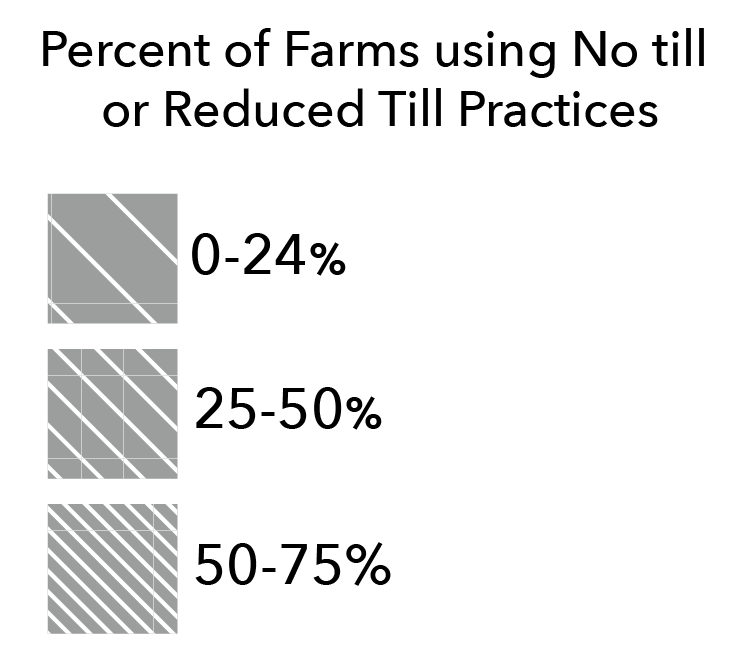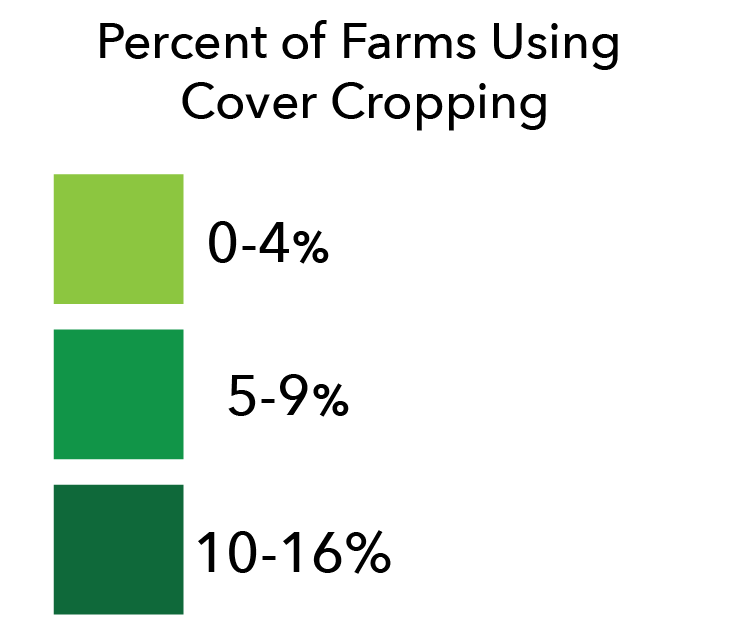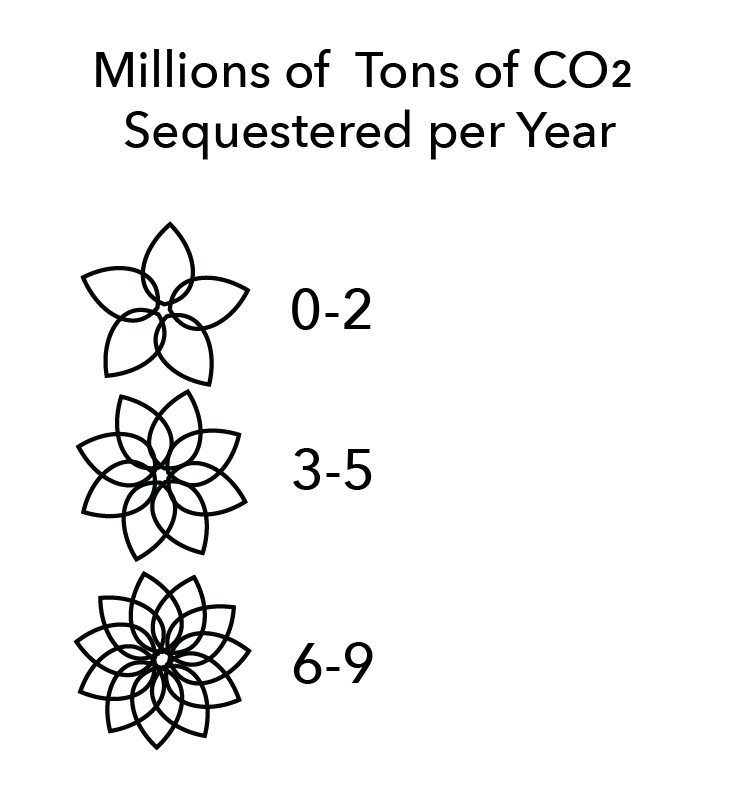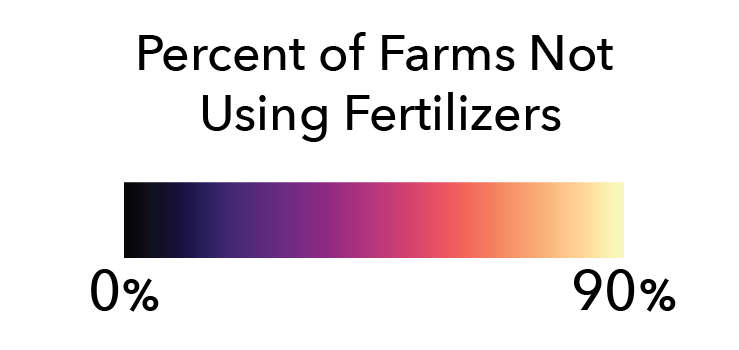No Till
Soil that isn’t tilled is a robust ecosystem that supports crop growth.

Cover Cropping
Cover crops are an additional layer of defense, protecting soil from erosion by wind and water. They also boost soil health, increase water availability for crops, suppress weeds, and even aid in controlling pests and diseases.
They are planted with the intention of covering the soil, rather than for the purpose of being harvested.

Carbon Sequestration
During plowing, stored carbon in the form of organic material ( plant roots and microorganisms ) are brought to the surface. While this temporarily provides nutrients to the crops, the carbon present in the soil is exposed to oxygen and transforms into carbon dioxide.
Regenerative agriculture allows the soil to retain its carbon and absorb more from the atmosphere, regenerative agriculture can sequester millions of tons of carbon and fight climate change.

Estimated .1 metric tons of CO2 per acre per year
Reduced Fertilizer Use
Healthy plants aren’t dependent on chemical fertilizers. Nitrogen fertilizers are bad news, they can contaminate our water supply, harming aquatic life and even people! Through methods like Cover Cropping, many farms in Colorado have opted to eliminate external fertilizers entirely.

What you can do?
No matter where you live, there are farms nearby that are implementing practices that help the climate, the soil, and improve the food you eat.
You can often get involved by signing up for CSAs, shopping at local farmers’ markets, taking farm tours, and volunteering.
Click on a county and hover over the points to learn about the farms using sustainable practices in your area.Know of a farm in Colorado that is using sustainable farming practices but yet isn’t on the map?
